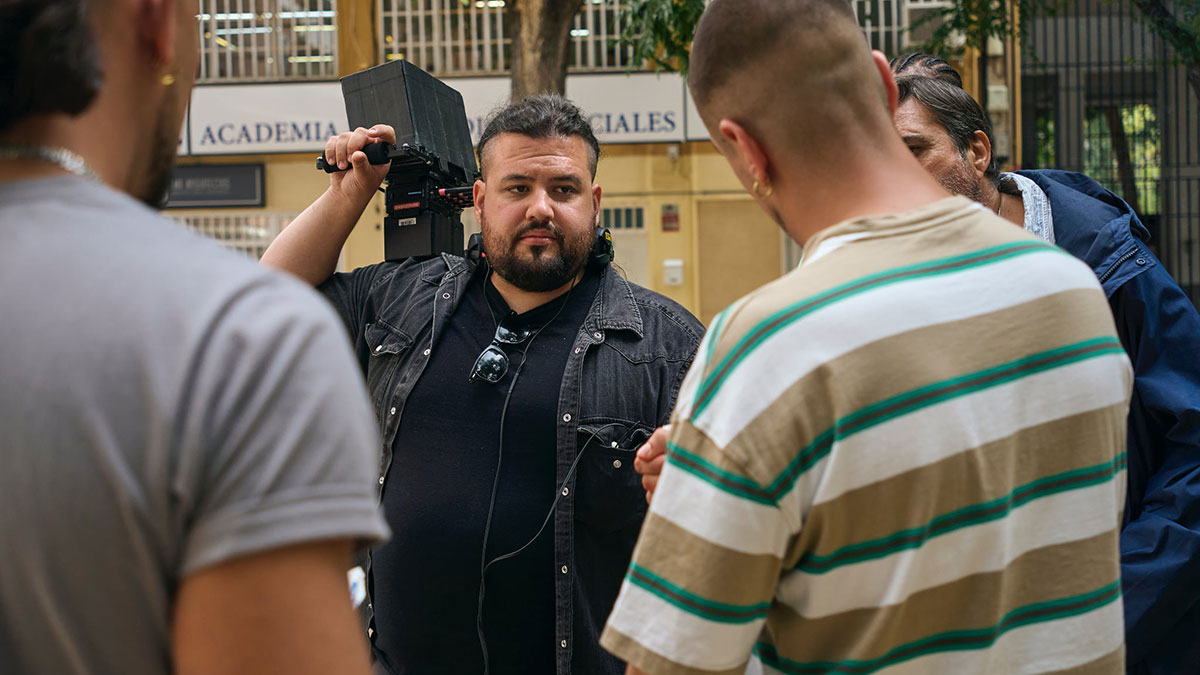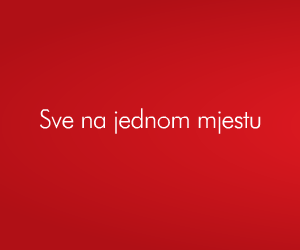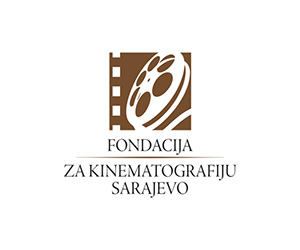
07/10/2025
Nobody has suffered more than the women from Eastern DR Congo and that's why I made a film about them
Spanish director Néstor López brings his film Seeds from Kivu to the Mediterranean Film Festival, where it will be screened as part of the competition program. The film has already garnered recognition from critics and audiences worldwide. The film explores a deeply emotional and painful story of a group of women trying to regain control of their lives after being raped by guerrillas in the Kivu region, one of the most violent and dangerous areas in the world. The director, who has been awarded at prestigious festivals such as Sundance, Sitges, and already has three Goya awards, explores not only the personal struggle of these women, but also the political context of control over resources such as coltan, which is crucial for financing guerrilla conflicts. This project has become, as he stated, one of the most important in his career, and the film itself is winning international recognition due to its social relevance, including an award from Amnesty International.
How did you come to the idea to tell such a difficult and sensitive story from the Kivu region, one of the most violent places in the world?
I’ve been working in the region for 8 years. I’ve carried out several projects there, and that’s why I was already familiar with Dr. Mukwege’s environment and the importance of creating a profound work in that context.
You were filming in Panzi Hospital, an institution with a global reputation thanks to the work of the Nobel Peace Prize laureate Dr. Denis Mukwege. How did his legacy shape the atmosphere and your approach to the film?
His legacy is everything, because it allows us, from Europe, to learn about a reality that is deliberately hidden — and one that we, Europeans, don’t seem willing to pay attention to. Initially, the film was going to be a biopic of Mukwege, but soon we realised that although his work is crucial, the real weight of the story lies with the women.
How challenging was it to establish contact and trust with women who survived rape and agreed to participate in the film?
For me, the most important element was the trust that we built. The nurses who work in Panzi Hospital made things much easier. There, women learn that speaking is the first step toward healing. Sharing their stories is part of the cure. So, those who are already in an advanced stage of recovery are prepared to talk. From there, trust grows with time, with living together, with being transparent about what you want to tell. Making them participants in the process is the driving force.
In the film, motherhood is portrayed as a form of resistance and strength. How did you manage to convey that dimension?
My perspective was to give the women the space they needed and to understand that love is the answer. Who doesn’t want to be loved? Who doesn’t want a mother to care for them? I believe that is a vital perspective. You have to listen, be open, and be willing to change your own ideas. Motherhood is universal, and dignity is inherent to being human — especially to women, who fight so hard not to have their dignity stolen. Resilience and carrying on with life is the most beautiful message we can share as human beings. No one has suffered more on this planet than the women of eastern Congo. No one can remind us that life matters more than they.
You have won awards at Sundance, Sitges, and you have three Goya awards so far in your career. How was working on Seeds from Kivu different from your previous projects?
Yes — sometimes I look back at these awards and think, “Wow, what a crazy journey.” Seeds from Kivu is the most special project of my entire career. It has been with me for 8 years, from the very founding of my company and my first steps, all the way through my growth as a filmmaker. It has opened a path for me. It will always be the most special project of my career.
This documentary combines deeply intimate testimonies with the politically charged issues of mineral resources control. How did you manage to balance the personal with the global?
It was hard, but it was also deliberate. The key was in the editing. While filming and writing the script, I knew this thread had to be part of the film. But doing so in a short format, within a limited time, while maintaining emotional meaning, was very difficult. Together with the editor, Cristina Otero, we went through 13 different versions of the edit until we found that balance. And when it came, it felt right — not so much a certainty, but a conviction.
Amnesty International has awarded the documentary for its social significance. Do you believe that documentary film can be an active weapon in the fight for human rights?
It’s the most important thing. Documentary is the most effective tool. It connects you with real experiences and real emotions, and that allows stories to travel to unimaginable levels.
The film also raises the question of international silence regarding the tragedy in the Congo. Do you believe that art can make visible the things that politics systematically ignores?
That’s the very sense of art — to point where others don’t want to point, to look where others don’t want to look, even if it hurts. Art exists to give us a tool that allows critique and attention to what needs to be seen.
When you present the film to audiences in Europe, at festivals like this one in Široki Brijeg, what kind of reactions do you receive, and in what ways do they differ from reactions in Africa?
Honestly? No difference. And that fascinates me. Watching the film in Spain, Korea, the U.S., or Sweden sparks the same emotions. It’s fascinating — I think it’s the first time I’ve achieved that in my career. In Africa, particularly in DR Congo, where I’ve seen it screened, the emotions are the same. The only difference is that African women feel it needs to be told more, and that a short film isn’t enough. And I agree.
What do you see as your next challenge after this film – will you continue making new documentaries that focus on human rights?
I’m preparing the feature-length version of Seeds from Kivu, going beyond DR Congo to reach new places that need to take part in the conflict. I’m also focused on the Oscar campaign for the short, since we’re on the longlist. At the same time, I’ve directed more fiction than documentaries, and I have my new short Polygon X currently in distribution. It’s a sweet moment for me, and my upcoming scripts — both documentary and fiction — always revolve around exploring the human condition. It’s inevitable: I’ll always be speaking about human rights.


